Python Software Development Complete Guide for Beginners
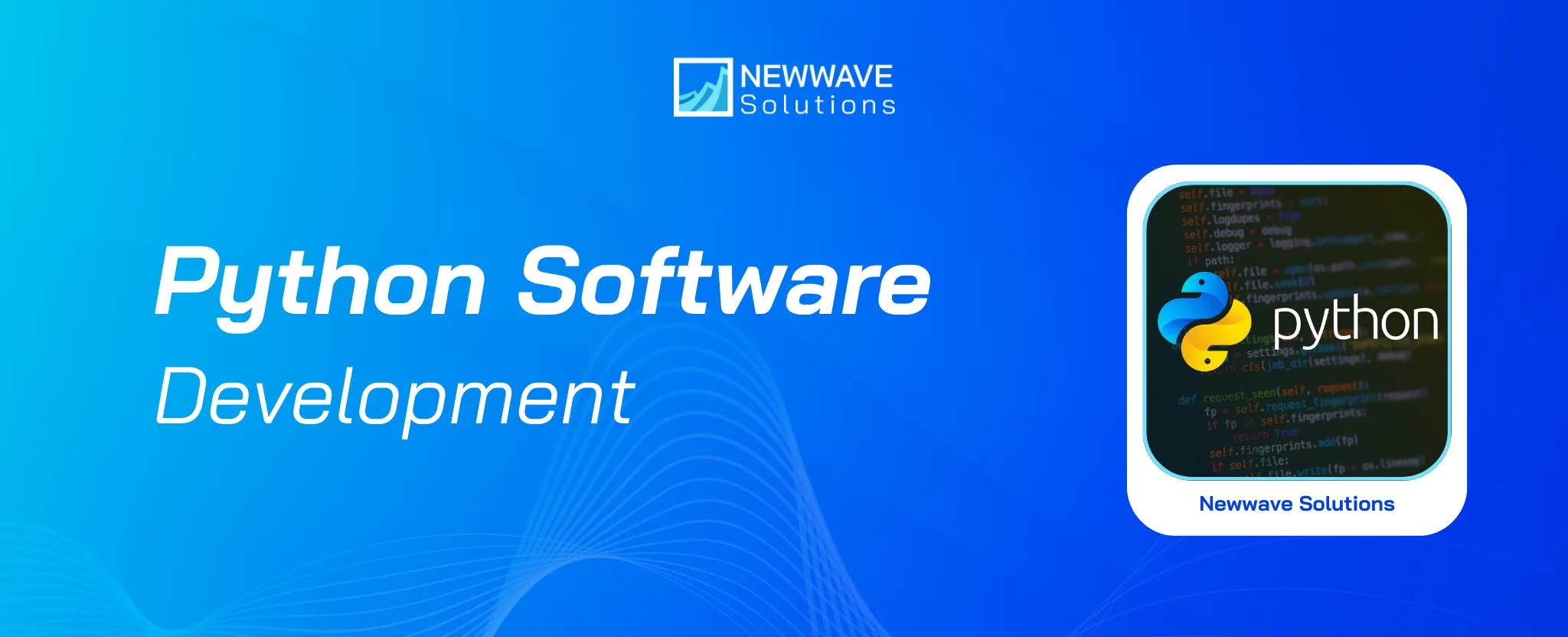
Python has become one of the most popular programming languages in the world thanks to its simplicity, versatility, and strong community support. Whether you are a business leader exploring digital transformation or a developer building your next big idea, Python offers the perfect balance between power and ease of use. In this guide, we’ll walk you through everything you need to know about Python software development — from what it is, why it’s so powerful, how it’s used in real projects, to practical steps on building your own solutions with Python.
What is Python?
Python is a high-level, open-source programming language known for its clear syntax and human-friendly design. Unlike many other languages, Python was built with readability in mind, making it easier to learn and faster to use for both beginners and professionals. It is widely used in fields like web development, mobile app creation, data science, machine learning, automation, and artificial intelligence.
Meanwhile, Python software development refers to the process of creating applications, tools, and platforms using Python. Businesses can leverage Python software development services to build websites, enterprise systems, mobile apps, and AI-powered solutions. Unlike languages that require more complex code, Python allows developers to write less while achieving more, which speeds up delivery and reduces costs. For companies, this means getting scalable, reliable, and future-ready software solutions without compromising quality.
Why choose Python for software development?
Python is chosen for software development because it combines speed, simplicity, and flexibility, allowing developers to create almost any kind of application while keeping costs predictable. With these main reasons, it is trusted by startups, enterprises, and global tech giants alike. Let’s explore why:
1. You can build almost anything with Python
From web applications to AI software and even blockchain solutions, Python is extremely versatile. Whether you want to develop software with Python for eCommerce, healthcare, or custom enterprise platforms, Python has the libraries and frameworks to make it possible. At Newwave Solutions, we provide custom Python software development services for diverse industries to help businesses turn ideas into real products.
2. Easy to Read and Write
Python stands out for its clean, human-friendly syntax. Unlike many programming languages that require complex symbols and lengthy code, Python allows developers to write commands that read almost like plain English. This simplicity makes it an excellent language for collaboration between developers, designers, and even business teams.
For businesses, this ease of use translates into:
- Faster onboarding for new developers
- Lower risk of errors, since code is easier to review and maintain
- Reduced costs, as projects take less time to complete
This is why many companies prefer software development in Python when building long-term projects that require ongoing improvements. At Newwave Solutions, our teams leverage this clarity to deliver custom software development services that scale smoothly as your business grows.
3. Perfect for Internet-Based Applications
In today’s digital-first economy, most software is built for the web. Python was practically made for this environment. Frameworks like Django and Flask simplify the process of building web applications, enabling rapid development without sacrificing quality.
Companies use Python to power high-traffic platforms such as eCommerce websites, SaaS development products, and web portals development. Its libraries support everything from authentication and payment processing to advanced analytics and AI-driven personalization. For businesses exploring Python software development services, this means a faster route to market with reliable performance.
4. Flexible and Forgiving for Experimenting
Innovation often requires trial and error. Python is one of the best tools for experimenting with ideas because it is flexible, forgiving, and quick to adapt. Unlike rigid languages, Python allows developers to build prototypes, test features, and change direction without wasting months of work.
This flexibility is especially valuable for startups or enterprises venturing into emerging technologies such as AI software, blockchain, or IoT. With Python, you can validate concepts quickly, reduce risks, and invest only when you’re confident the idea will work in real life.
>> Take a closer look at our emerging technology services and unlock new opportunities.
5. Works with Existing Code and Systems
Most businesses already rely on a mix of technologies — legacy systems, third-party tools, and different programming languages. Replacing everything is unrealistic. That’s where Python shines. Python integrates smoothly with other technologies such as Java, .NET, and PHP. It also connects well with enterprise solutions like ERP development solutions and CRM development solutions. This means companies can adopt Python gradually, modernizing their systems without disrupting daily operations. For IT leaders, it provides a safe and cost-effective path toward digital transformation.
6. Free and Works on Any Computer
Python is open-source, meaning businesses don’t pay licensing fees. It runs on all major operating systems — Windows, macOS, Linux — and integrates seamlessly with cloud providers like AWS, Azure, and Google Cloud.
This universal compatibility ensures that your custom Python software development project can scale globally without being tied to one platform. For small startups, it reduces upfront costs. For enterprises, it ensures flexibility and freedom from vendor lock-in.
How is Python used in software development?

Python is used across industries because it adapts to different business needs. Whether you’re developing software with Python for internal tools or customer-facing platforms, it offers solutions that are both practical and powerful.
Some common use cases include:
- Web Development: Build dynamic websites and eCommerce platforms with Django and Flask.
- Mobile Apps: Create cross-platform applications with frameworks like Kivy or integrate with mobile app development solutions.
- AI & Machine Learning: Train models for predictive analytics, fraud detection, and customer insights.
- Automation: Replace manual work with scripts that save time and reduce human error.
- Enterprise Systems: Develop ERP, CRM, and API development for business operations.
- Game Development: Python contributes to engines for game development, including slot and hyper-casual games.
In short, Python isn’t limited to one niche — it powers the full spectrum of modern software.
What are the pros and cons of Python Software Development?
Python has emerged as a powerhouse for modern software development, but like any technology, it has its strengths and weaknesses. A thorough analysis of both is key to determining if it’s the right fit for your business goals.
Pros
Python’s design philosophy prioritizes developer efficiency and clarity, which translates directly into business benefits.
1. Rapid Development & Lower Costs
Python’s simple, readable syntax resembles plain English, which significantly accelerates the coding process. Developers can write functionality with fewer lines of code compared to languages like Java or C++. This directly translates to:
- Faster Time-to-Market: Get your product to customers quicker and seize market opportunities.
- Reduced Development Costs: Shorter development cycles mean lower labor costs and a more efficient use of your budget.
2. Vast Ecosystem & Versatility
Python boasts one of the largest collections of pre-built libraries and frameworks in the world. This means developers don’t have to “reinvent the wheel” for common tasks.
- Web Development: Use robust frameworks like Django (for all-inclusive, “battery-included” projects) and Flask (for lightweight, customizable microservices).
- Data Science & AI: The industry standard is built on Python libraries like Pandas (data analysis), NumPy (scientific computing), Scikit-learn (machine learning), and TensorFlow/PyTorch (deep learning).
- Automation & Scripting: Perfect for writing quick scripts to automate mundane tasks, system administration, and data processing.
3. Strong Community & Talent Pool
As one of the world’s most popular and taught languages, Python has a massive, active global community. This provides:
- Abundant Talent: A large pool of developers to hire from, making it easier to build and scale your team.
- Excellent Support: Extensive free documentation, tutorials, and forums mean solutions to problems are readily available, reducing downtime.
4. inherent Scalability and Integration
Contrary to some misconceptions, Python can power large-scale applications.
- Scalable Architectures: Frameworks like Django are built to handle high traffic and can be scaled effectively using cloud technologies, microservices, and load balancers. (Instagram and Spotify are prime examples).
- Seamless Integration: Python acts as a fantastic “glue” language. It can easily integrate with existing codebases in other languages (like C/C++ or Java) and connect with a wide array of databases and APIs.
5. Robust Security
While no language is inherently secure, Python’s mature web frameworks come with built-in protections against common vulnerabilities like SQL injection, Cross-Site Scripting (XSS), and Cross-Site Request Forgery (CSRF), providing a solid security foundation out-of-the-box.
Cons
While Python is a fantastic tool for most jobs, it’s not the best choice for every single task. Knowing its limits helps you pick the right tool:
- Execution Speed: As an interpreted language, it is inherently slower than compiled languages like C++ or Go. This makes it less ideal for core tasks in high-frequency trading, game engines, or real-time systems where every microsecond counts.
- Memory Usage: Its high-level design can consume more memory than alternatives, making it inefficient for memory-constrained environments like some embedded systems or microdevices.
- Mobile Development: It is not the standard for native mobile app development. Apps built with Python can lack the performance and native feel of those built with platform-specific languages (Swift, Kotlin).
- Runtime Errors: Its dynamic typing can allow certain errors to only surface while the program is running, which, in very large projects, can require more rigorous testing to catch compared to languages that catch them during compilation.
Best Python framework and tools
The power of Python comes not just from the language itself, but also from the frameworks and tools that extend its capabilities. These frameworks give developers pre-built modules, making projects faster and more reliable.
How many types of Python framework?
Python frameworks fall into 5 main categories depending on project needs:
- Full-Stack: The all-in-one toolkit. It provides everything you need to build a complete web application, from the database to the user interface, all in one package.
- Micro: The minimal starter kit. It gives you only the essential basics to build a web service, allowing you to add only the specific tools and parts you choose.
- Asynchronous: The high-performance specialist. It’s engineered to handle a massive number of simultaneous users and real-time data efficiently, like for live chats or streaming dashboards.
- GUI: The desktop app builder. These frameworks are used to create the windows, buttons, and graphical interfaces for software that runs directly on your computer, like a photo editor or media player.
- Testing: The quality control automator. These are not for building applications but for automatically testing them, ensuring the code works correctly and doesn’t break when changes are made.
Best Python framework and tools
| Framework/Tool | Category | Key Features | Suitable For |
|---|---|---|---|
| Django | Full-Stack Web | “Batteries-included”, robust ORM, admin panel, high security | Building complex, database-driven websites fast (e.g., news sites, e-commerce) |
| Flask | Micro Web | Lightweight, minimal, extremely flexible, easy to learn | Building simple websites, microservices, and APIs where you want control over components |
| FastAPI | Async Web / API | Very fast, automatic API documentation, modern async support | Building high-performance RESTful APIs and real-time services |
| Pandas | Data Analysis | Powerful data structures for manipulating numerical tables and time series | Data cleaning, analysis, and exploration (the “Excel” of Python) |
| NumPy | Scientific Computing | Foundational package for numerical computation, supports arrays/matrices | Scientific computing, as a base for other ML/AI libraries |
| Scikit-learn | Machine Learning | Simple tools for predictive data analysis, built on NumPy | Classic machine learning (classification, regression, clustering) |
| TensorFlow / PyTorch | Deep Learning | Flexible libraries for building and training neural networks | Building complex AI, deep learning, and neural network models |
| Selenium | Testing | Automates browser actions (clicks, form entries) | Testing web applications across different browsers (UI testing) |
| pytest | Testing | Simple syntax, powerful features, large plugin ecosystem | Writing unit tests for any Python code (the modern testing standard) |
| SQLAlchemy | Database | SQL toolkit and ORM, gives full power and flexibility of SQL | Interacting with databases in a more Pythonic and object-oriented way |
| Celery | Task Queue | Distributed task queue to handle background jobs | Managing scheduled or background tasks (e.g., sending emails, processing data) |
How to develop a software using Python?
To develop software using Python, businesses need a structured and strategic process that ensures alignment between technical execution and business objectives. Unlike writing small scripts or experimenting in a classroom, real-world Python software development for enterprises demands careful planning, the right team, a well-chosen tech stack, rigorous testing, and long-term scalability.
Here’s a step-by-step breakdown of how organizations successfully build software in Python:
1. Define your Python software goals
Before writing a single line of code, you need crystal-clear goals. Software is only valuable if it solves the right problem. Whether you’re a startup founder or a CIO, answering “why are we building this?” is the foundation of your project.
Key steps when defining goals:
- Identify the problem: What business challenge or customer pain point are you solving?
- Define your audience: Who will use your software, and what are their expectations?
- Set measurable outcomes: Examples: reduce manual work by 30%, improve customer onboarding by 50%.
- Prioritize features: Separate “must-haves” from “nice-to-haves.” This avoids scope creep and wasted budgets.
Tips: Many companies start with MVP development solutions — a Minimum Viable Product — to validate core ideas before investing in a full-scale platform.
2. Choosing the right Python developers
Even the best plan fails without the right team. Skilled developers don’t just “code” — they bring strategic thinking, problem-solving, and best practices to ensure the success of your project.
Why this step matters:
- Experience counts: Developers familiar with frameworks like Django, Flask, or FastAPI will work faster and make better architectural decisions.
- Domain expertise: A developer who has worked on healthcare software development, for example, will understand compliance needs like HIPAA better than a generalist.
- Risk reduction: Hiring inexperienced developers can lead to poor performance, security flaws, and budget overruns.
Tips for choosing the right Python developers:
- Review portfolios of similar projects
- Ask about their process for testing, scaling, and security
- Look for a team with strong communication skills, not just technical skills
At Newwave Solutions, you can hire Python developers directly or hire developers across multiple technologies for hybrid teams. This ensures you always have the right mix of expertise, whether it’s backend, frontend, or full-stack development.
3. Select the core technologies
Python by itself is powerful, but the frameworks, databases, and tools you select will define your project’s performance, scalability, and cost-efficiency.
Common choices include:
- Web applications → Django (full-stack), Flask (lightweight)
- APIs and microservices → FastAPI, Tornado
- AI and data-driven apps → TensorFlow, PyTorch, Pandas
- Databases → PostgreSQL, MongoDB, MySQL, SQLite
- Testing tools → PyTest, Selenium
Tips: Don’t just pick the most popular tool. Instead, align your choices with your project’s business goals. For example, an eCommerce web solution may prioritize scalability, while a healthcare app prioritizes security and compliance.
4. Development and Testing
This is where strategy becomes reality. Development in Python usually follows Agile methodology, where work is divided into short cycles (sprints). Each sprint delivers a functional piece of the software, making progress transparent and adaptable.
What this phase includes:
- Coding: Writing clean, modular, and well-documented Python code.
- Version control: Using Git and CI/CD pipelines for collaborative development.
- Testing: Running automated and manual tests to catch bugs early.
- Integration: Connecting your software with third-party APIs, payment gateways, or existing systems.
Tips: Integrate QA testing services from the very beginning. Businesses that treat QA as an afterthought often face costly fixes later. Automated testing with tools like PyTest can save months of debugging.
5. Launch and Scale
Once testing validates that your software is stable, it’s time to deploy. Launching doesn’t mean the end of development — it’s the start of a continuous improvement cycle.
Steps after launch:
- Deployment: Release on cloud platforms (AWS, Azure, GCP) with monitoring tools in place.
- User feedback: Collect feedback from early adopters and adjust quickly.
- Scaling: Add new features, optimize performance, and support higher user loads.
- Maintenance: Use professional software maintenance to ensure security patches, bug fixes, and smooth updates.
Tips: Plan for scalability from the start. Cloud-native deployment and containerization (Docker, Kubernetes) make it easy to expand your Python app as your business grows.
Real life example for Python software development
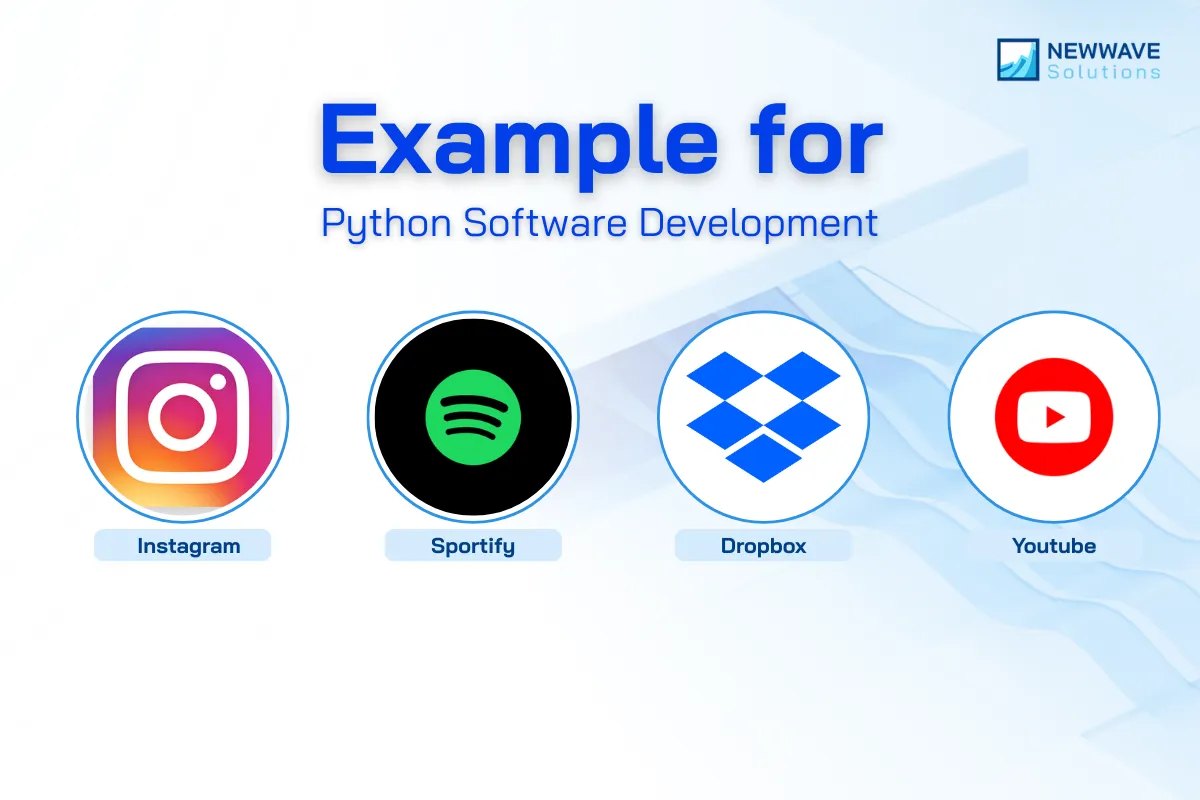
Python is not just an academic language or a tool for hobby projects. It has proven itself in some of the world’s largest and most demanding platforms, powering applications used by billions of people every day. These real-world examples illustrate how software development with Python scales from small prototypes to global systems:
One of the world’s largest social networks relies on Django (a full-stack Python framework) to handle billions of daily interactions, from photo sharing to comments and messaging. Python’s simplicity allows Instagram to rapidly test and release new features without sacrificing stability. Its backend, built with Python web development solution, is designed to support both small-scale tests and global rollouts.
Spotify
Behind the music streaming giant is Python. Spotify uses Python extensively for backend services, data processing pipelines, and its famous recommendation engine. Python’s data science libraries (like Pandas and Scikit-learn) help analyze user behavior to suggest playlists and songs. This is a perfect showcase of how developing software using Python can merge entertainment with data-driven intelligence.
Dropbox
Initially launched as a startup project, Dropbox grew into one of the most recognized cloud storage solutions in the world. Its original desktop client was written in Python, which made it easier to maintain across Windows, macOS, and Linux. This cross-platform capability highlights why businesses often choose custom Python software development for SaaS and cloud-based solutions.
YouTube
Google’s video platform relies heavily on Python for backend services such as video recommendations, data analysis, and content moderation. Python allows YouTube to process massive amounts of data in real-time while also supporting AI-driven features like automatic captions and content filtering.
These examples show that developing software with Python is not limited to simple applications. From social media to entertainment, Python has become the backbone of solutions where scalability, flexibility, and innovation are essential.
What we can help you in Python software development?
At Newwave Solutions, we’ve helped enterprises, startups, and SMBs leverage Python to build software that is robust, scalable, and future-ready. With over 14 years of experience and a team of 300+ skilled engineers, we provide end-to-end Python software development services tailored to your industry needs.
What can you expect when working with us in Python Software Development?
- Python Web Development: Build scalable, secure, and user-friendly applications
- Custom Python Software Development: Tailored solutions for your business goals
- Hire Python Developers: Dedicated experts for short-term or long-term projects
- IT Outsourcing: Flexible engagement models to reduce costs and accelerate timelines
- Software Maintenance: Long-term support, updates, and security patches
Our portfolio covers industries such as healthcare, fintech, retail, and gaming — giving us the practical experience to solve complex challenges and deliver solutions that drive real business results. We don’t just build software; we help you create long-term value and stay ahead in a competitive market. If you’re considering Python for your next project, let’s connect. Together, we can transform your idea into a secure, scalable, and future-ready solution that grows with your business.
To Quang Duy is the CEO of Newwave Solutions, a leading Vietnamese software company. He is recognized as a standout technology consultant. Connect with him on LinkedIn and Twitter.

Read More Guides
Get stories in your inbox twice a month.
Let’s Connect
Let us know what you need, and out professionals will collaborate with you to find a solution that enables growth.
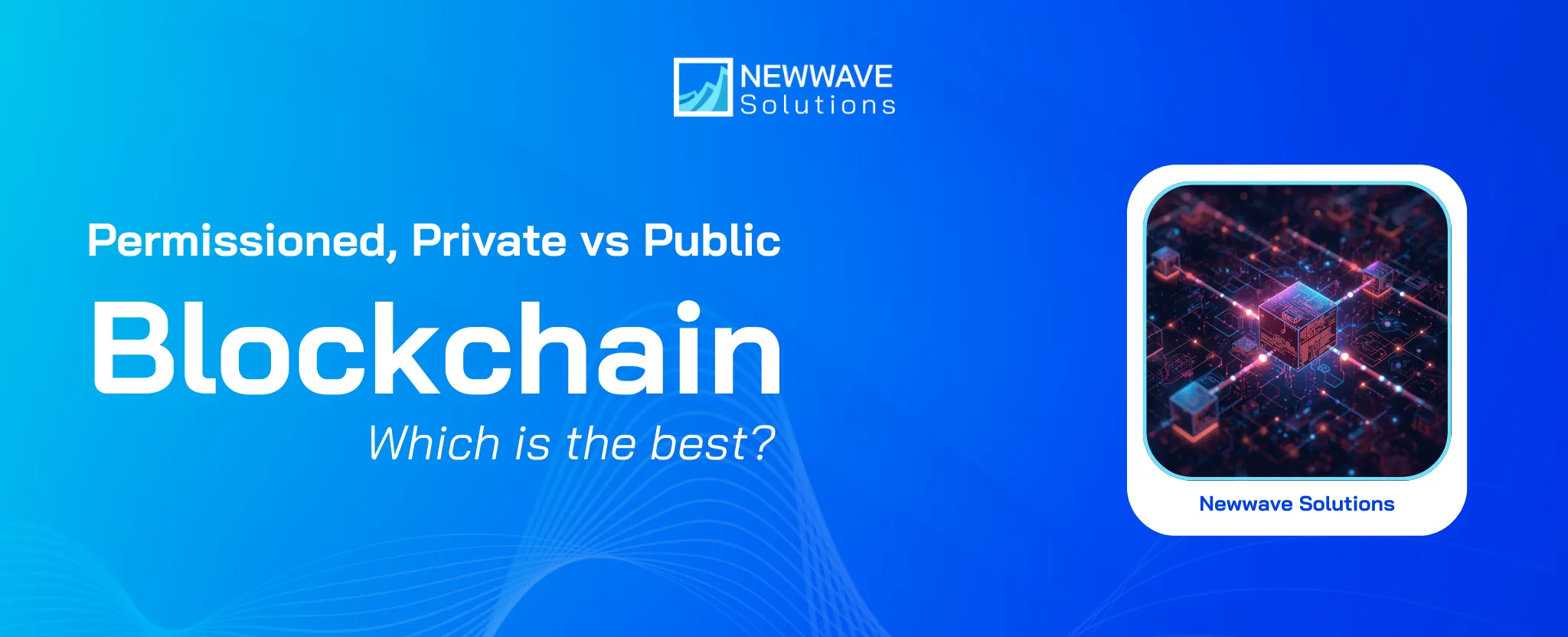
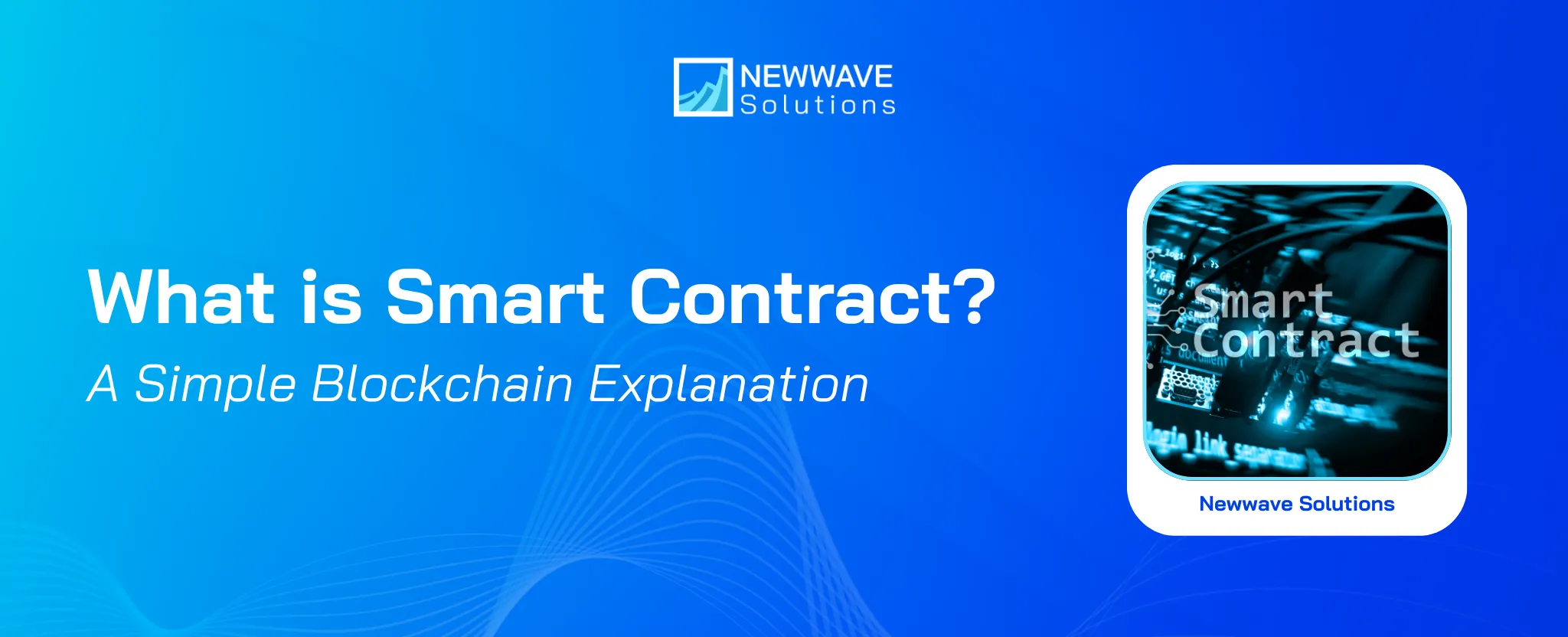
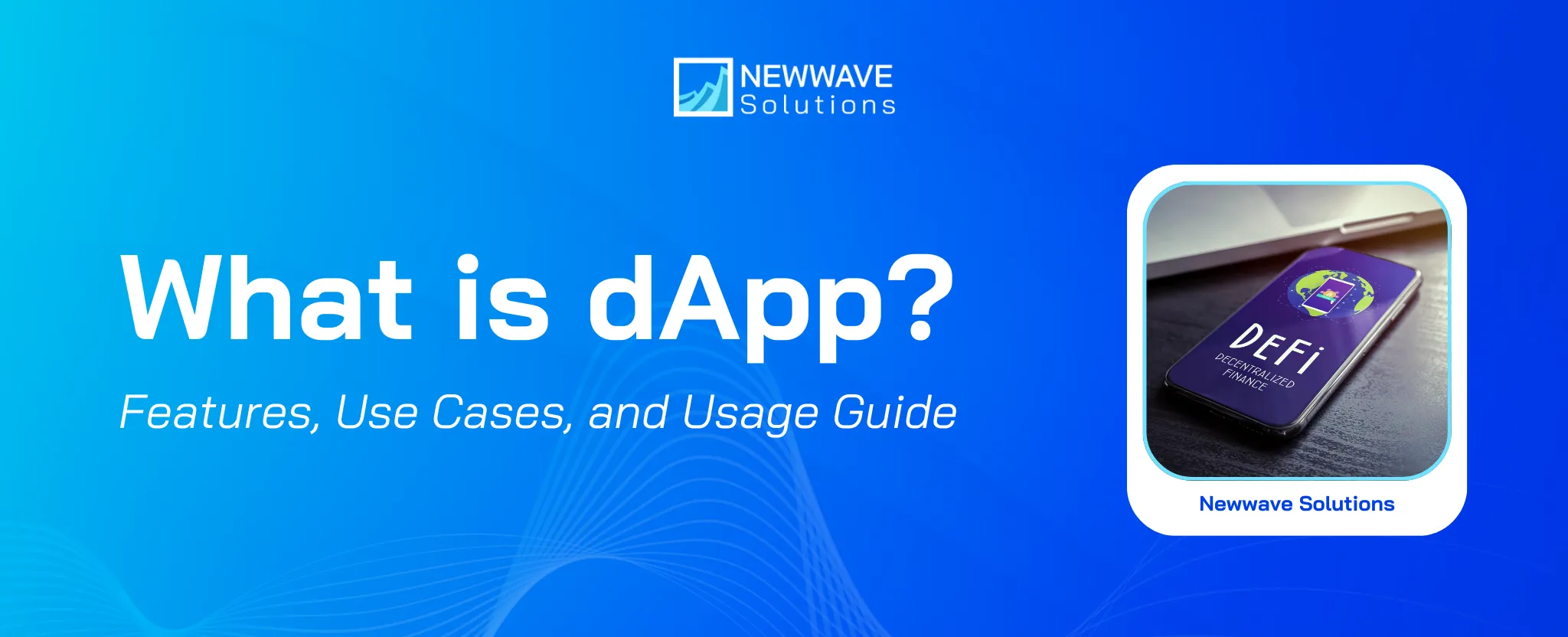
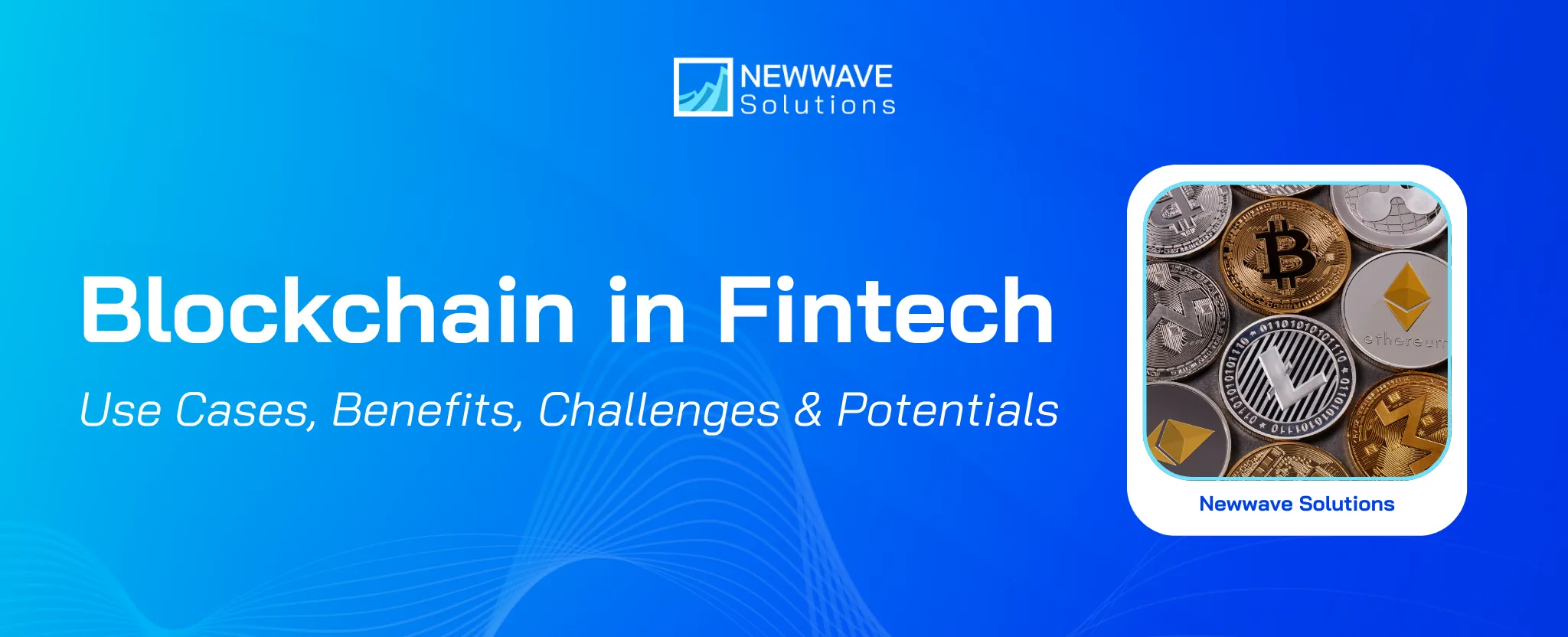
Leave a Reply